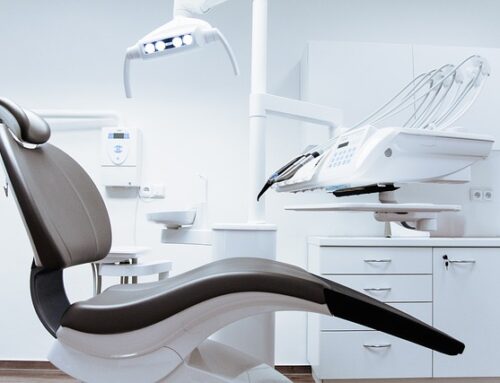I want to take a moment to discuss a study I was looking at the other day. This study looked at the long-term treatment outcome for adolescents with temporomandibular joint (TMJ) pain. I find this interesting because it is a subject that doesn’t always get a lot of attention.
What the study says
In this study, their waim was to evaluate long-term, self-perceived outcomes in adulthood for individuals treated as adolescents for TMD. To find this they looked at two previous randomized controlled trials.
There were 116 participants with 81 percent female and were treated for frequent TMD pain in previous years. The treatment for these individuals consisted of an oral appliance or relaxation training. For those that participated, they answered a questionnaire based on their experience of “frequency and intensity of TMD pain impaired chewing capacity and daily social activities, help-seeking behavior and treatment, general health, other pain and depressive symptoms,” according to the study.
Older participants reported lower levels of frequency and intensity of TMD pain, impairment and depressive symptoms. They also reported better general health. Females, which were the majority of the participants, reported more frequent and more intense pain associated with the TMJ. They also reported greater impairment and more often reported other pain compared to males.
What did we learn from this?
From this study we understand that adolescents treated with oral appliance therapy showed a somewhat better sustained improvement over the extended follow-up period than those treated with relaxation therapy. This highlights the need to pay closer attention to these groups. By looking closer at this information we can extend or create different treatment plans to improve patient outcomes.
Keep an eye out for adolescent patients that might be experiencing TMJ pain and think about the long-term goals. By helping this patient population, we can better equip them for adulthood.




